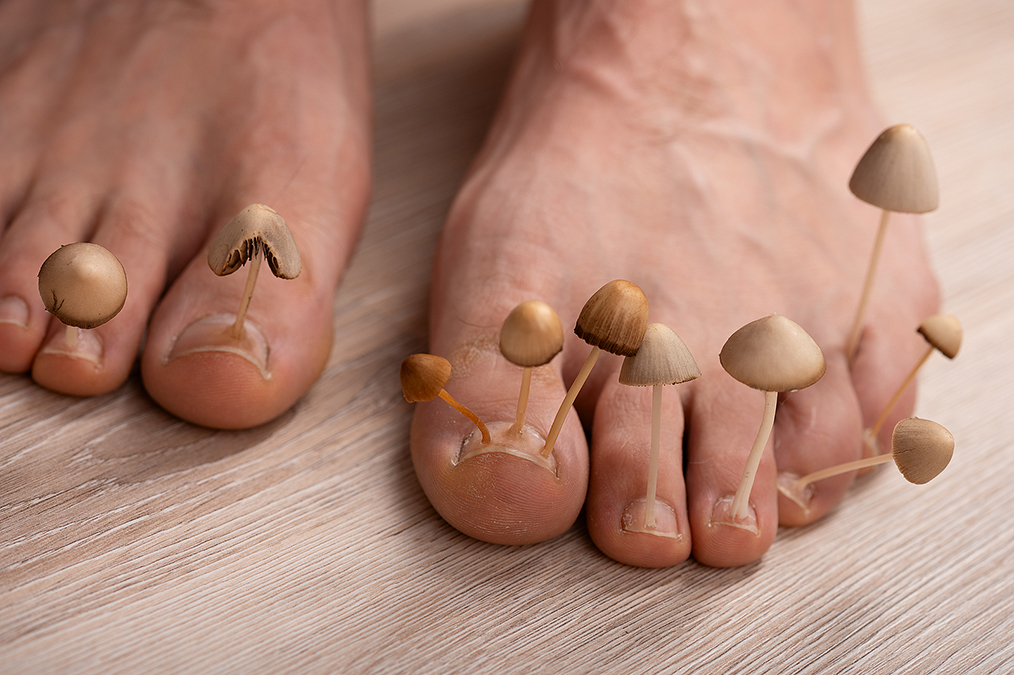 Most cases of nail fungus are caused by Candida organisms.
Most cases of nail fungus are caused by Candida organisms.
And, sadly, they are becoming increasingly resistant to traditional antifungal medications.
But there’s a solution closer to home — literally.
Because a new study published in BMC Biotechnology reveals that the leaves of a couple of common citrus fruits can kill your nail fungus better than common medical creams.
The researchers used the leaves of two common citrus fruits — Citrus limon (lemon) and Citrus medica (citron) — to create a plant-based extract rich in natural compounds like flavonoids, alkaloids, and saponins.
Citrus leaves are already known to fight fungal growth.
Then, they used these leaf extracts in a process called green synthesis to create tiny silver particles, which they named citrusfusion silver nanoparticles.
Silver also has a long record of killing bacteria, viruses, and fungi, especially in its nano form.
The researchers wanted to make sure these tiny particles would be safe and effective, so they ran a series of tests.
To check for their safety on living organisms, they exposed mung bean plants and zebrafish to the particles.
The team then tested them against various strains of Candida to see how well they worked.
The results were impressive:
-
1. The particles were highly effective against several Candida strains, including C. albicans, C. tropicalis, and C. metapsilosis.
2. They worked at concentrations far lower than the most common antifungal drug, fluconazole.
3. One major reason nail fungus is hard to treat is because of biofilms—a protective layer the fungus builds around itself. These particles reduced biofilm formation by 64% in C. albicans and 46–52% in other strains. Fluconazole didn’t prevent biofilm formation at all.
4. The particles killed the organisms from the inside out. They damaged fungal cell walls, causing leakage of sugars and proteins. They also triggered oxidative stress inside the fungus, creating harmful molecules that the fungus couldn’t defend against.
5. They were safe for living things, with no toxicity observed at any tested concentration on the mung bean plants and zebrafish.
If you’re struggling with nail fungus and current treatments aren’t working, this research offers a glimpse of what future treatments might look like.
But back to the present.

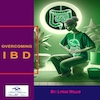 Overcoming IBD
Overcoming IBD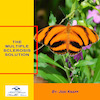 Multiple Sclerosis
Multiple Sclerosis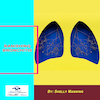 Banishing Bronchitis
Banishing Bronchitis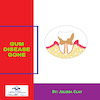 Gum Disease Gone
Gum Disease Gone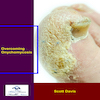 Overcoming Onychomycosis
Overcoming Onychomycosis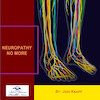 Neuropathy No More
Neuropathy No More The Prostate Protocol
The Prostate Protocol Brain Booster
Brain Booster
 Ironbound
Ironbound
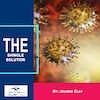 Solution for Shingles
Solution for Shingles
 The Bone Density Solution
The Bone Density Solution
 The Ultimate Healing Protocol
The Ultimate Healing Protocol
 The Parkinson's Protocol
The Parkinson's Protocol
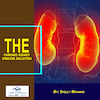 The Chronic Kidney Disease Solution
The Chronic Kidney Disease Solution
 Overthrowing Anxiety
Overthrowing Anxiety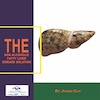 The Fatty Liver Solution
The Fatty Liver Solution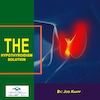 The Hypothyroidism Solution
The Hypothyroidism Solution
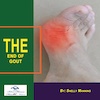 The End of Gout
The End of Gout The Blood Pressure Program
The Blood Pressure Program
 The Oxigized Cholesterol Strategy
The Oxigized Cholesterol Strategy
 Stop Snoring And Sleep Apnea Program
Stop Snoring And Sleep Apnea Program
 The Arthritis Strategy
The Arthritis Strategy The Vertigo & Dizziness Program
The Vertigo & Dizziness Program The 3-Step Diabetes Strategy
The 3-Step Diabetes Strategy Hemorrhoids Healing Protocol
Hemorrhoids Healing Protocol The Erectile Dysfunction Master
The Erectile Dysfunction Master Weight Loss Breeze
Weight Loss Breeze The IBS Program
The IBS Program The Insomnia Program
The Insomnia Program The Migraine and Headache Program
The Migraine and Headache Program The Neck Pain Solution
The Neck Pain Solution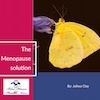 The Menopause Solution
The Menopause Solution The Ejaculation Master
The Ejaculation Master The TMJ Solution
The TMJ Solution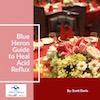 The Acid Reflux Solution
The Acid Reflux Solution The Fibromyalgia Solution
The Fibromyalgia Solution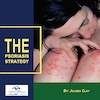 The Psoriasis Strategy
The Psoriasis Strategy